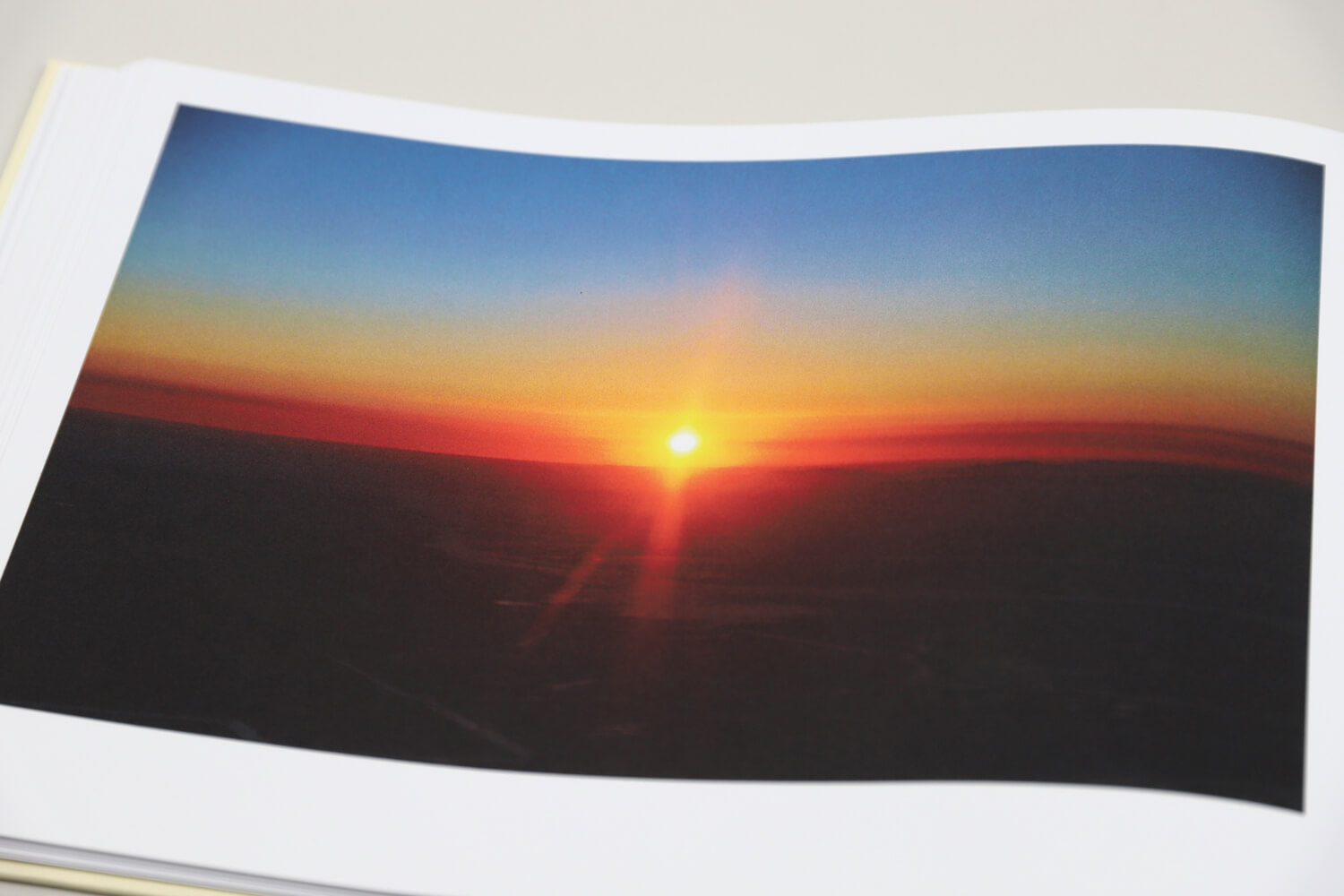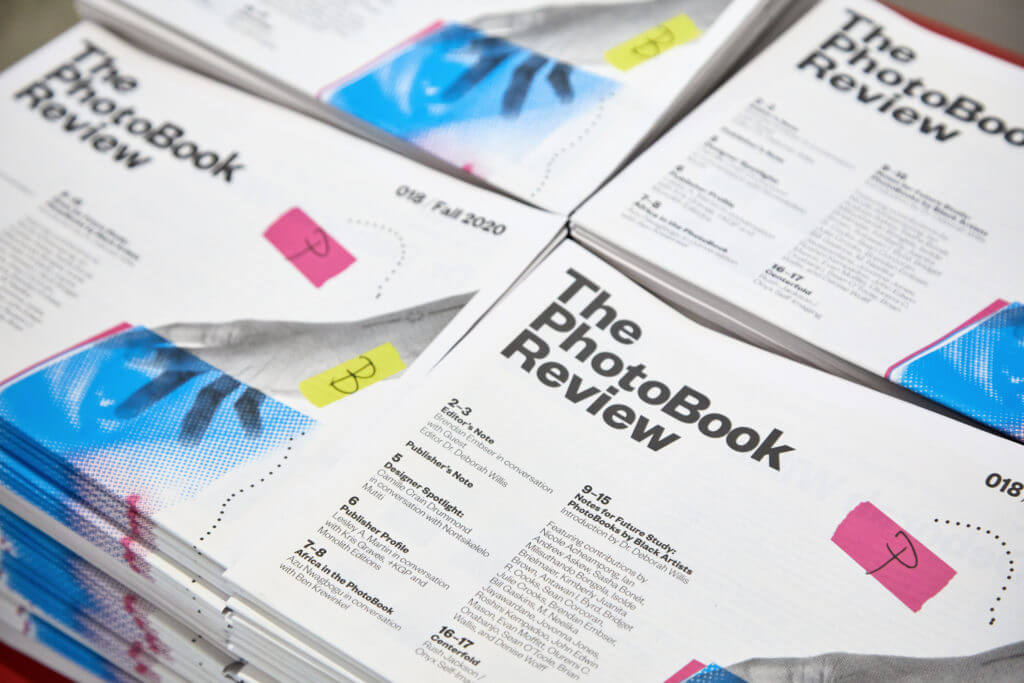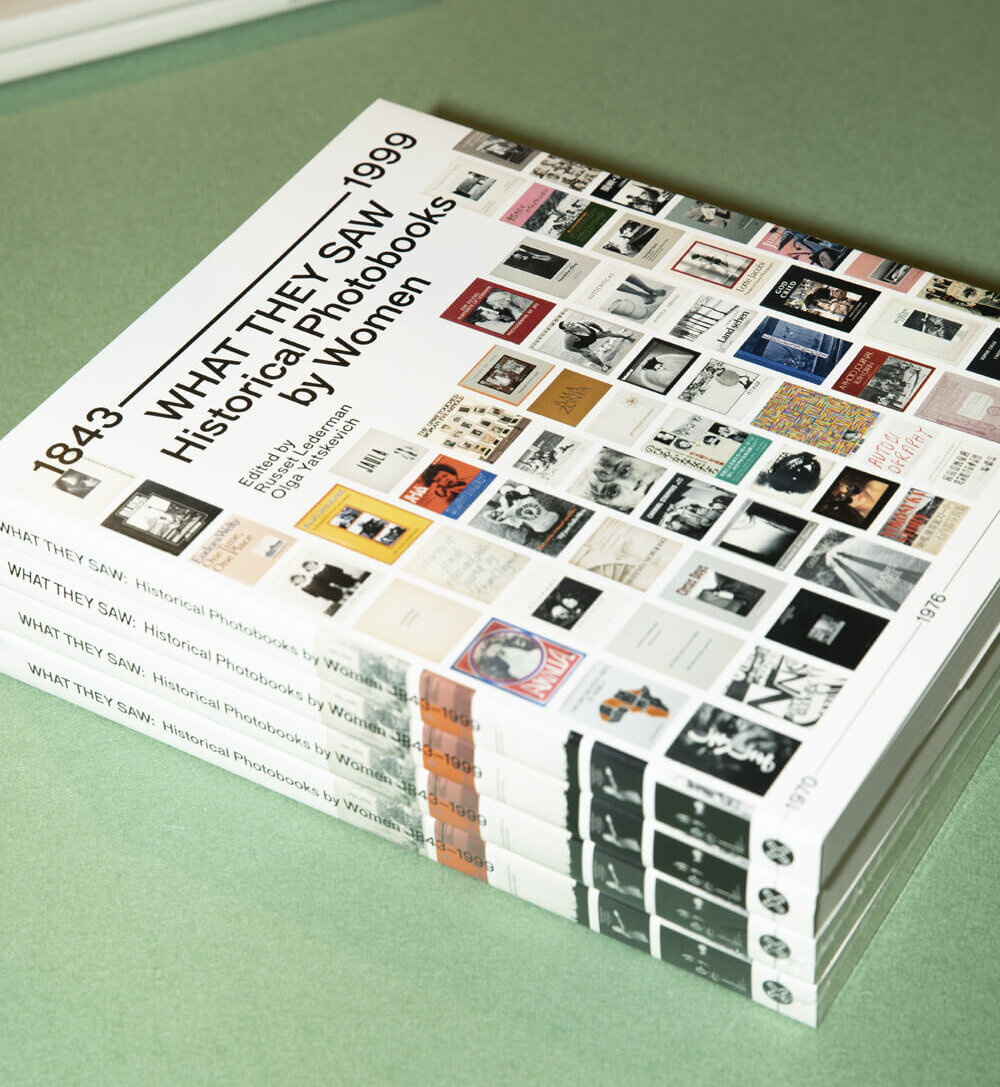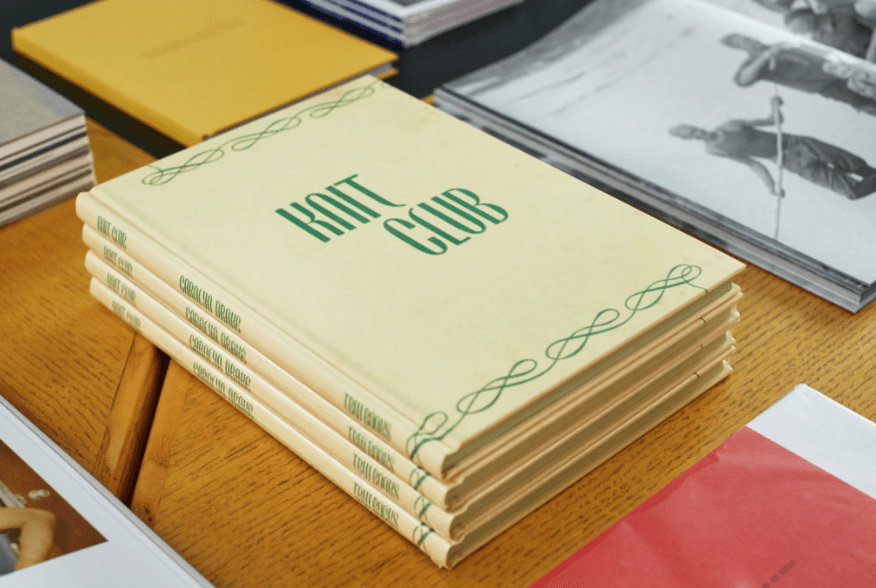I met Stéphanie Solinas about ten years ago, thanks to Dominique Lambert. Dominique has many homonyms. It is the most common gender-neutral first name in France, and Lambert is among the most common French surnames. Since 2010 Dominique Lambert is also a beautiful boxset of twenty-one books created in the artist’s studio, subsequently published as an artist book (Alaska Editions, 2010), and then in an edition of “unique multiples” a few years later (RVB Books, 2016).
With the dream of unravelling the secret of what constitutes our identities, Stéphanie Solinas questions the meaning and uses of photography in all its forms, and establishes protocols for each project, first for herself, and then for the viewer.
Trained at École Nationale Supérieure Louis-Lumière and holding a PhD in visual arts, Solinas is an artist for whom the act of mapping intellectual pathways and processes is an integral part of her output. Most of her works function as a part of larger ensembles; her books are either the underlying matrix for the project, as with Dominique Lambert, or a vehicle in facilitating an exchange with the viewer-reader. Stéphanie Solinas has an inclination for creating discrete individual books, which even when published simultaneously always contain a differentiating element that turns the reader into an active participant. Looking at her various productions—from Dominique Lambert (2004–2010) to Le soleil ni la mort (delpire & co, 2022)—reveals a shift from the use of the book as a medium, art object, or rendering of an investigation, to a maturity of form in which the book becomes a philosophical and poetic space.
The first, self-published artist book iteration of Dominique Lambert comprises twenty-one books in a box. Each of these books can be exhibited as an extended concertina fold, presenting the full quest to establish the identity of this mysterious figure. The project undertakes a six-step study of all Dominique Lamberts in France, based on official tools of identity representation. Solinas determined that the 191 Dominique Lamberts listed in the White Pages directory would be her study population. By post, she asked each of them to fill out a Proust Questionnaire. Based on the twenty responses received, Solinas created a written portrait with the help of a group she created, the Advisory Committee for the Description of Dominique Lamberts, which included a psychologist, a statistician, a police inspector, and a lawyer. A painter then produced a drawing for each individual based on those texts. The drawn portrait was then transformed into a composite by a forensics police investigator. Using these images as a prompt, Solinas searched for a model with obvious resemblance to each of the composites and photographed them. The book-artwork offers a place where each stage of the work can be contained. Subsequently, the artist proposed a second iteration of the material: a limited edition in the form of a large folder evoking a police record file. If the buyer of the limited chooses to, they may write to Solinas, and she will then send an envelope containing the real identity photo of each Dominique Lambert, sending one a week until the buyer has received them all, offering the collector the opportunity to check the resemblance of the original contributor to Solinas’s recreation. With this activation, the book becomes the only means by which the composite portraits can be compared with the real Dominique Lamberts. What is more, each book is unique because the envelopes incorporated into the work will be addressed to one specific person, the one who purchased the book. The book project continues to evolve: On the ten-year anniversary of her initial contact with the twenty Dominique Lamberts who responded, Solinas published a black-and-white edition of Dominique Lambert (RVB Books, 2016) in which the ID photos of the Dominique Lamberts are shuffled, with no way other than to guess which individual the photographs depict. Each reader is free to compose their own book, their own Dominque Lambert.

Solinas’s next book, Sans-titre, M. Bertillon (RVB Books, 2011), continued her close examination of identity, making an incursion into the book-as-object. Stretched to the breaking point, in this work, the book becomes a sculpture. The ostensible subject is Alphonse Bertillon, the famous inventor of the identification/forensic photograph. With this project, Solinas has worked to make her dream of meeting Bertillon come true. Solinas first produced a three-dimensional interpretation of Bertillon’s portrait using facial analysis software; she then reconstructed it as a three-dimensional paper cut out—a mask featuring a doubled, omniscient gaze. A standard edition of the book reproduces each of the twenty-three individual polygons that compose the mapped interpretation of Bertillon’s portrait. The reader is invited to cut out and construct the mask themselves. (The limited edition of the book includes a plexiglass case containing the pre-assembled mask—Bertillon reconstituted.) The second part of the book features excerpts from Vie d’Alphonse Bertillon (The Life of Alphonse Bertillon) (Gallimard, 1941), written by his niece, Suzanne Bertillon, which inspired Solinas to photograph twenty-three locations important to Bertillon in a style evocative of crime scene photography. Each part of the volume reveals Solinas’s obsessive approach as she assembles one piece of the puzzle after another to fully define her subject. In the nineteenth century, Bertillon submitted his body to his own system of image-driven data collection in order to promote his new ideas; the loop is now complete. The artist’s homage to the inventor of forensic identity is made possible by the most modern means of contemporary imaging and data technologies. What’s more, the resulting mask allows us to hide behind, and from, these structures.
In her next book, Solinas further explores the book as a support for identity. Using a copy of Autoportrait (Dalkey Archive Press, 2012) a descriptive piece of writing by Édouard Levé, Solinas’s Sans titre (Autoportrait enLevé) (2013–2015) renders her own self-portrait via a subtle masking of Levé’s words. Recognizing herself in some of his statements, she embeds her own self-portrait within that of the original text, intervening within a pre-existing work for the first time. Here, the consideration of the book as a physical object is integral to the piece. Interestingly, there are two different versions: Over time Solinas does not always utilize and reveal the same sentences. What might appear as a static piece at first glance is in fact an evolving one. With this particular project, Solina’s obsession with the unique book, which had been a discrete feature of her earlier work, takes concrete form. The piece is unique, and evolving, like our identity.
With Déserteurs: Cent photographies (RVB Books, 2013), Stéphanie Solinas raises the question of our existence in the face of erasure. Going through each and every one of the seventy thousand graves in the Père Lachaise cemetery in Paris, Solinas identified and photographed 379 “disappearances” or “deserters”—the remnants of the deceased’s photographic portraits that adorned the graves, and that have been destroyed by the passing of time. On each of the resulting images, she engraved in Braille the geolocation data of the tomb directly onto the print itself—a call to revive the fading identities with a visit, a look, a presence. The resulting book, published in an edition of one hundred copies, includes images selected from the 379 photographs of the graves; each copy of the book is unique, containing one photograph, a different one in each copy, on which the artist has engraved that particular grave’s data in Braille. Through her intervention into the images of the deceased, she binds each book buyer to a specific “deserter,” inviting them to pay a visit that will save that person from oblivion. The book is constructed in such a way that the viewer-reader must physically engage, pass several obstacles (the sheath, the top-cover, the page to unfold) before reaching the image of “their” deceased.
Over the course of her work, Stéphanie Solinas explores identity in the light of science and beliefs—for her, the book functions as a philosophical and poetic space activated by the interventions of both the artist and the reader. The book is an ideal form to deploy her intellectual curiosity and to contain the inexhaustible attention paid to each of her subjects. More than just a medium, the book is an elemental essence of her work—it is not just a means to show the work. It is the work.
This piece originally appeared in Aperture’s The PhotoBook Review, issue 020 (Fall 2021). Translated from French by Frédérique Destribats.
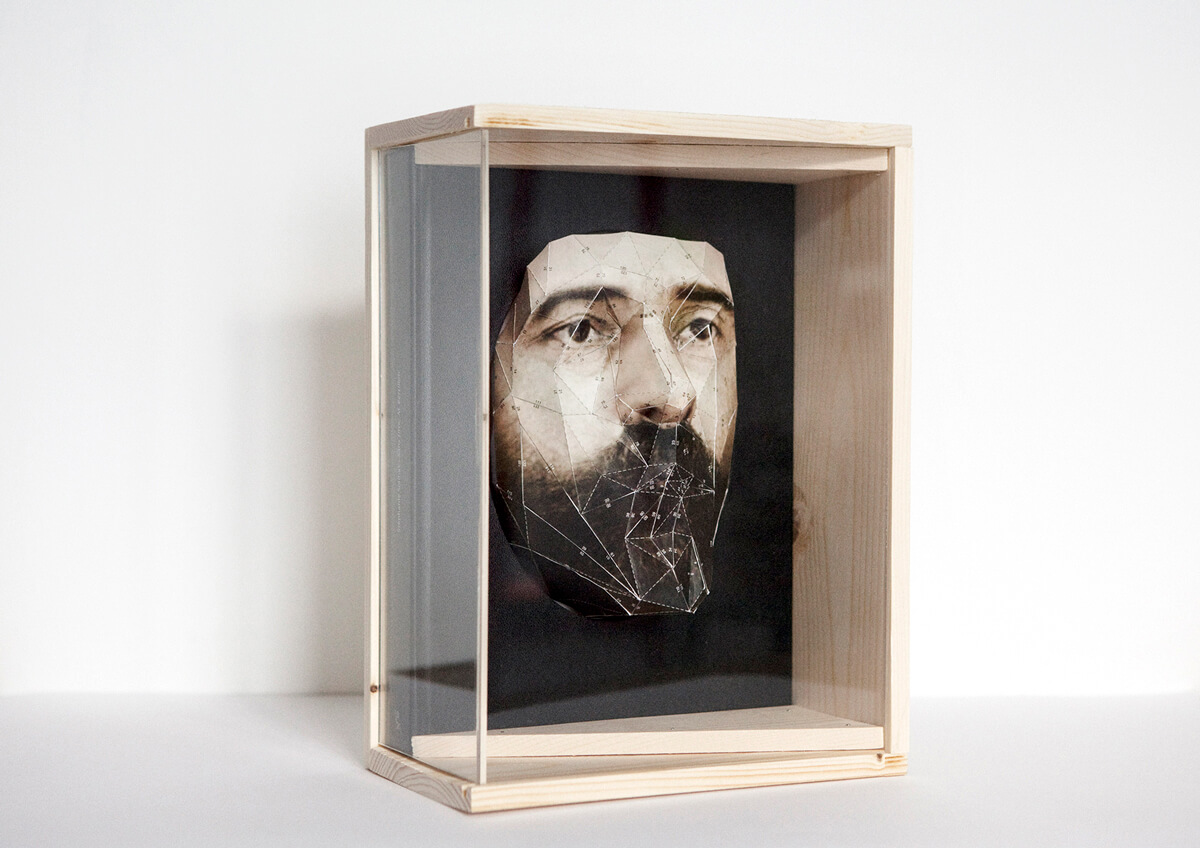 Sans titre (M.Bertillon), Stéphanie Solinas, 2012, éditions RVB Books © Stéphanie Solinas
Sans titre (M.Bertillon), Stéphanie Solinas, 2012, éditions RVB Books © Stéphanie Solinas
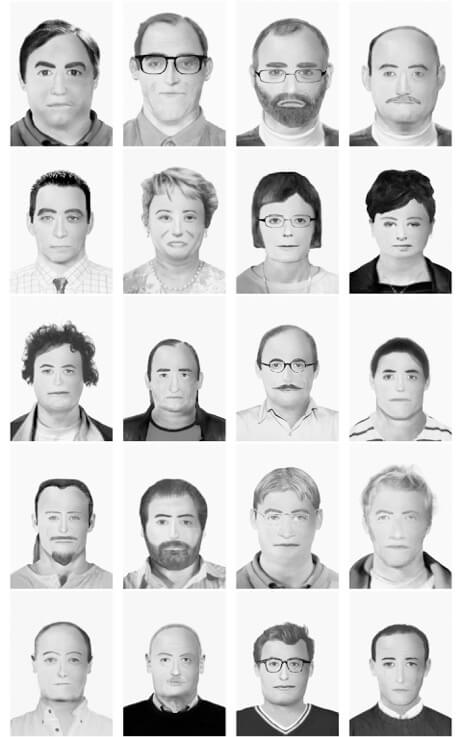 dominique lambert_portrait robot identite judiciaire©stephanie solinas_2004-2010
dominique lambert_portrait robot identite judiciaire©stephanie solinas_2004-2010
 dominique-lambert-014-191_5_portrait-photo-solinas-c-stephanie-solinas_2004-2010
dominique-lambert-014-191_5_portrait-photo-solinas-c-stephanie-solinas_2004-2010
 Dominique_Lambert©Stephanie_Solinas
Dominique_Lambert©Stephanie_Solinas
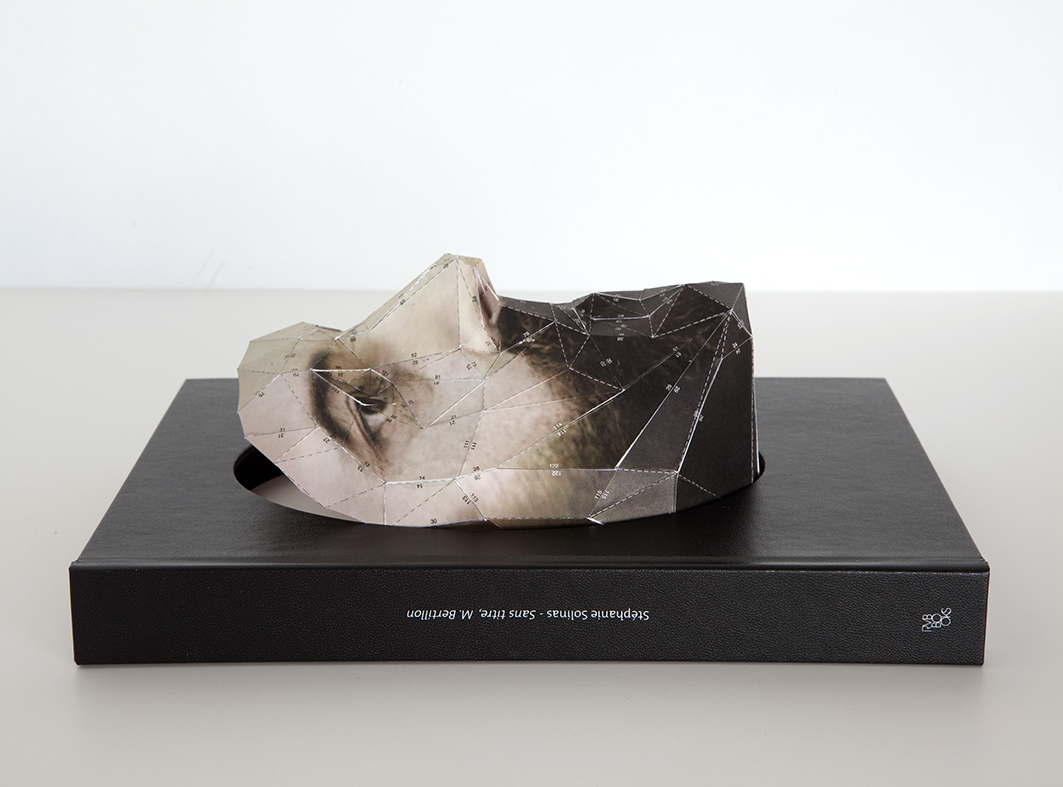 Sans_Titre_M_Bertillon_livre_12©Stephanie_Solinas
Sans_Titre_M_Bertillon_livre_12©Stephanie_Solinas
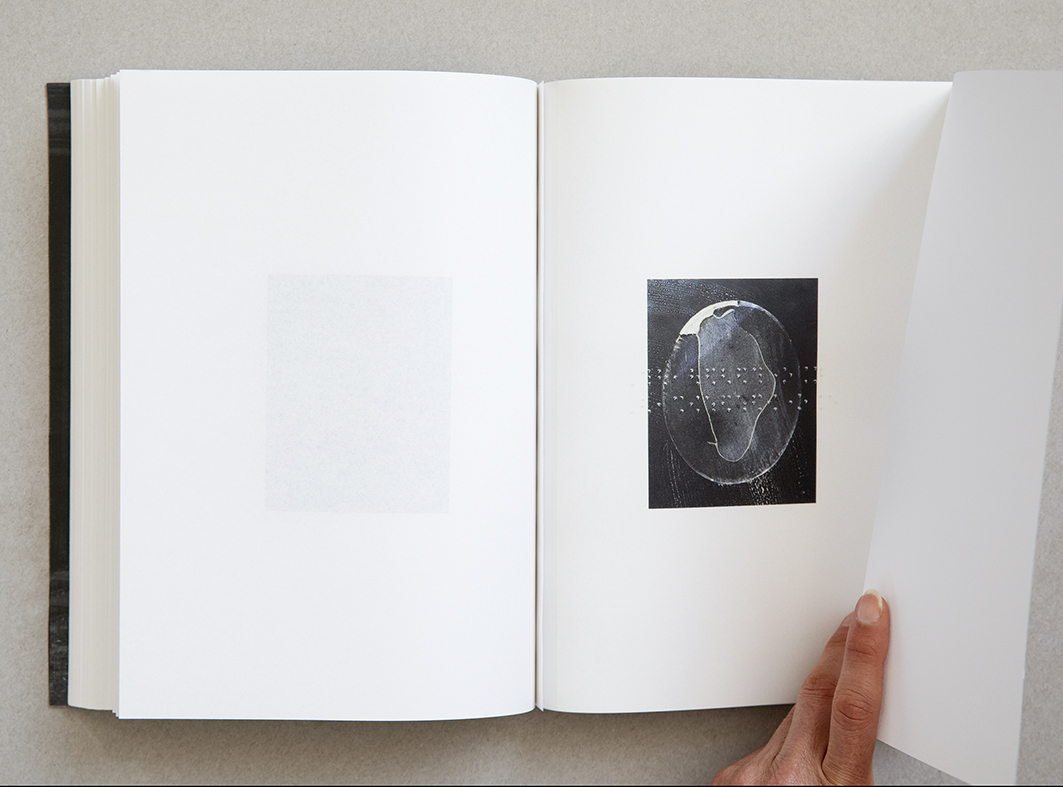 Deserteurs_Cent_photographies©Stephanie_Solinas
Deserteurs_Cent_photographies©Stephanie_Solinas
BOOKS BY STÉPHANIE SOLINAS

Le soleil ni la mort
Stéphanie Solinas
39,00€
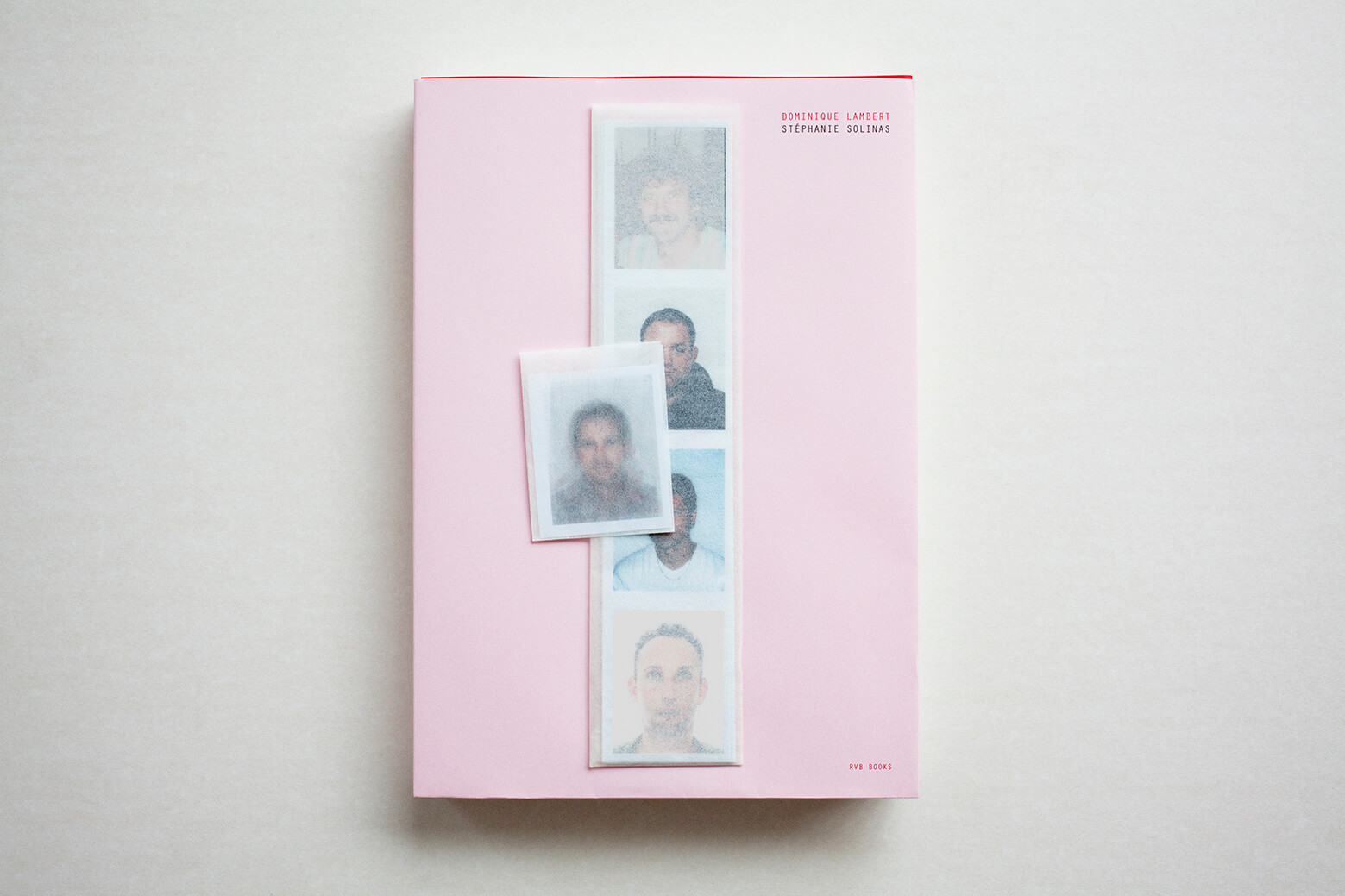
Dominique Lambert
Stéphanie Solinas
34,00€
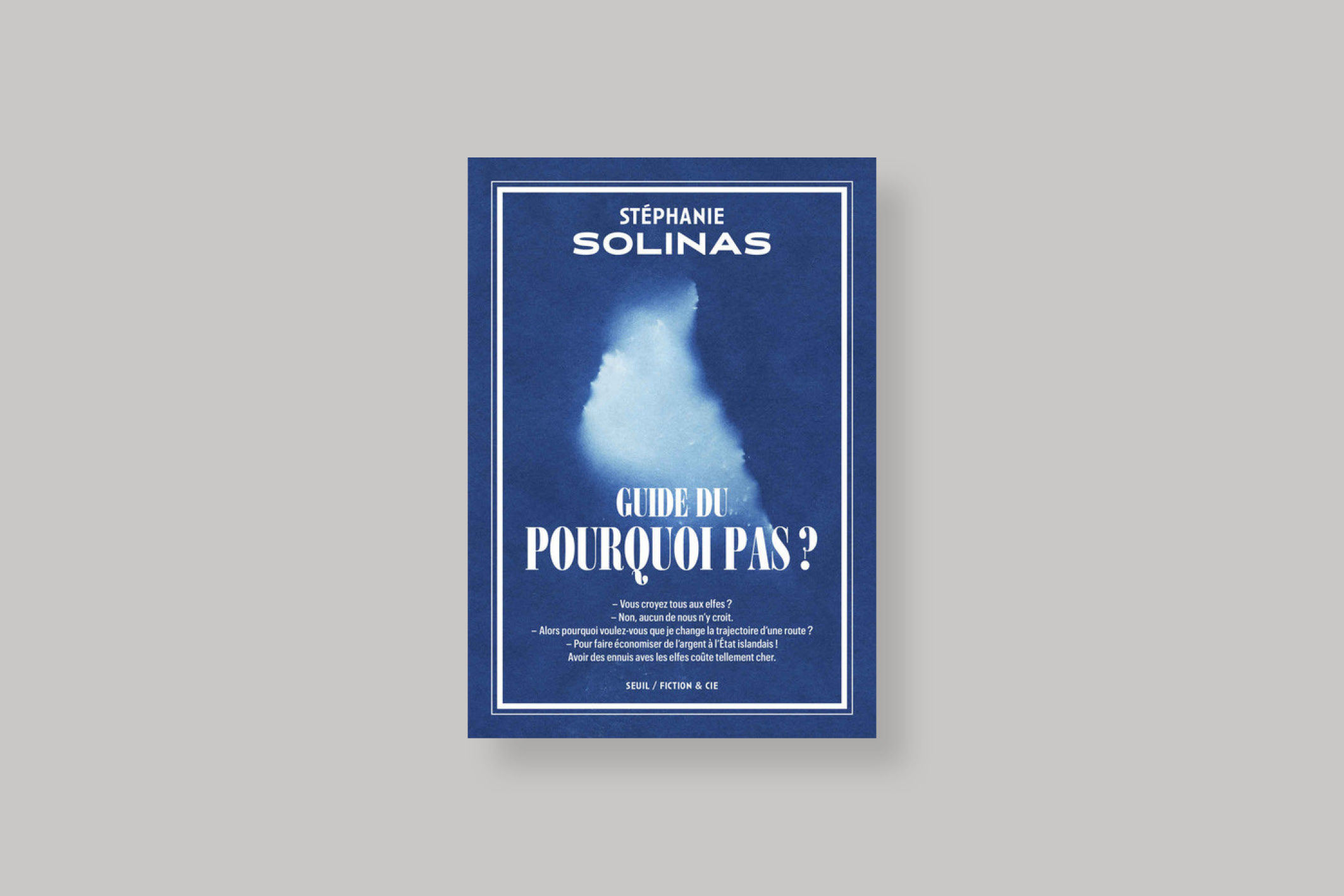
Guide du pourquoi pas ?
Stéphanie Solinas
17,00€
AUTRES ACTUALITÉS
View allThursday March 17, 6—9 PM
At the bookshopBooklaunch : Stéphanie Solinas, Le soleil ni la mort
2020/12/05
InterviewLESLEY A. MARTIN IN CONVERSATION WITH DEBORAH WILLIS
2022/02/01
InterviewHow They See - A Conversation with Russet Lederman and Olga Yatskevich
2020/12/06
Interview

